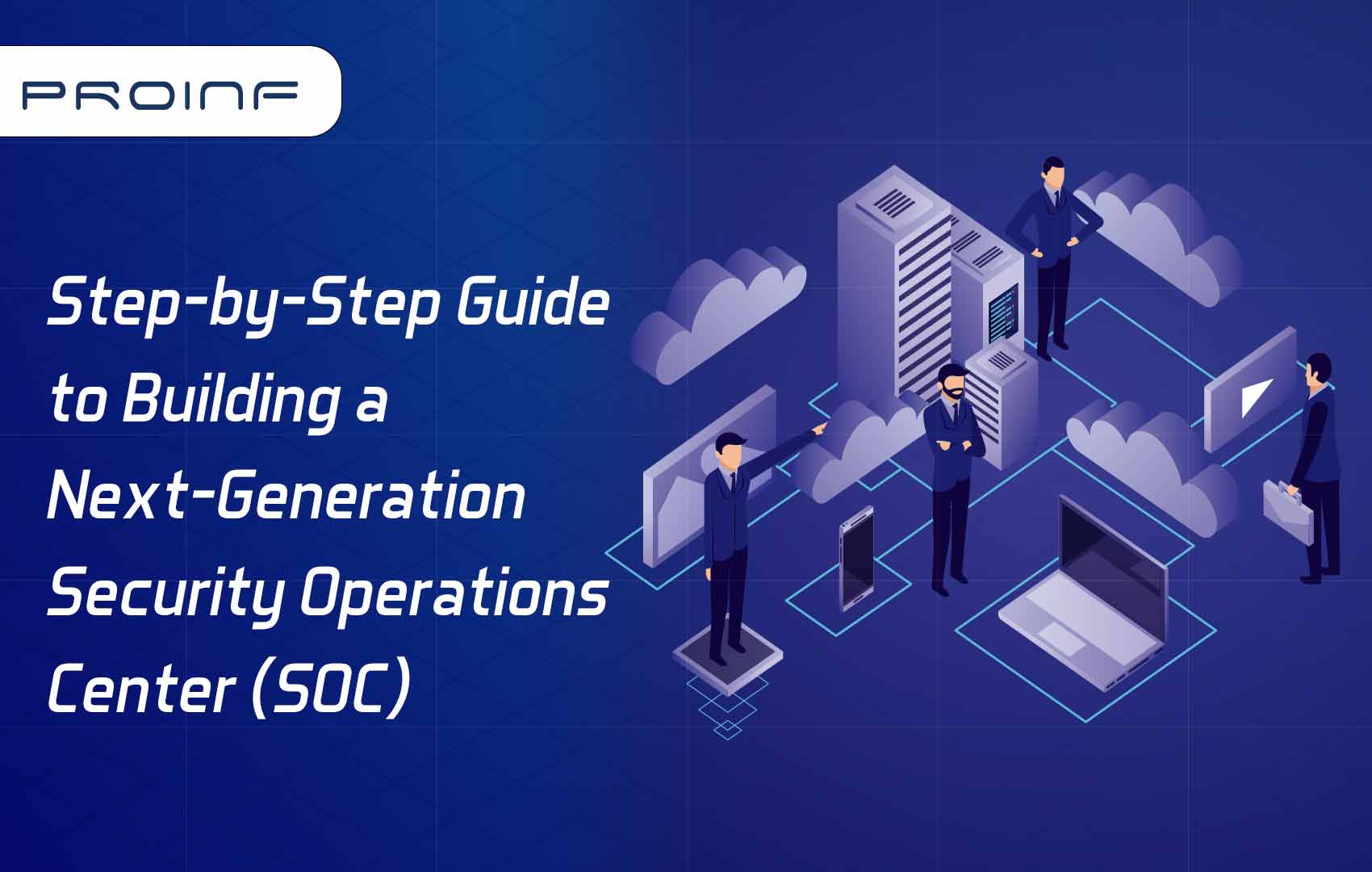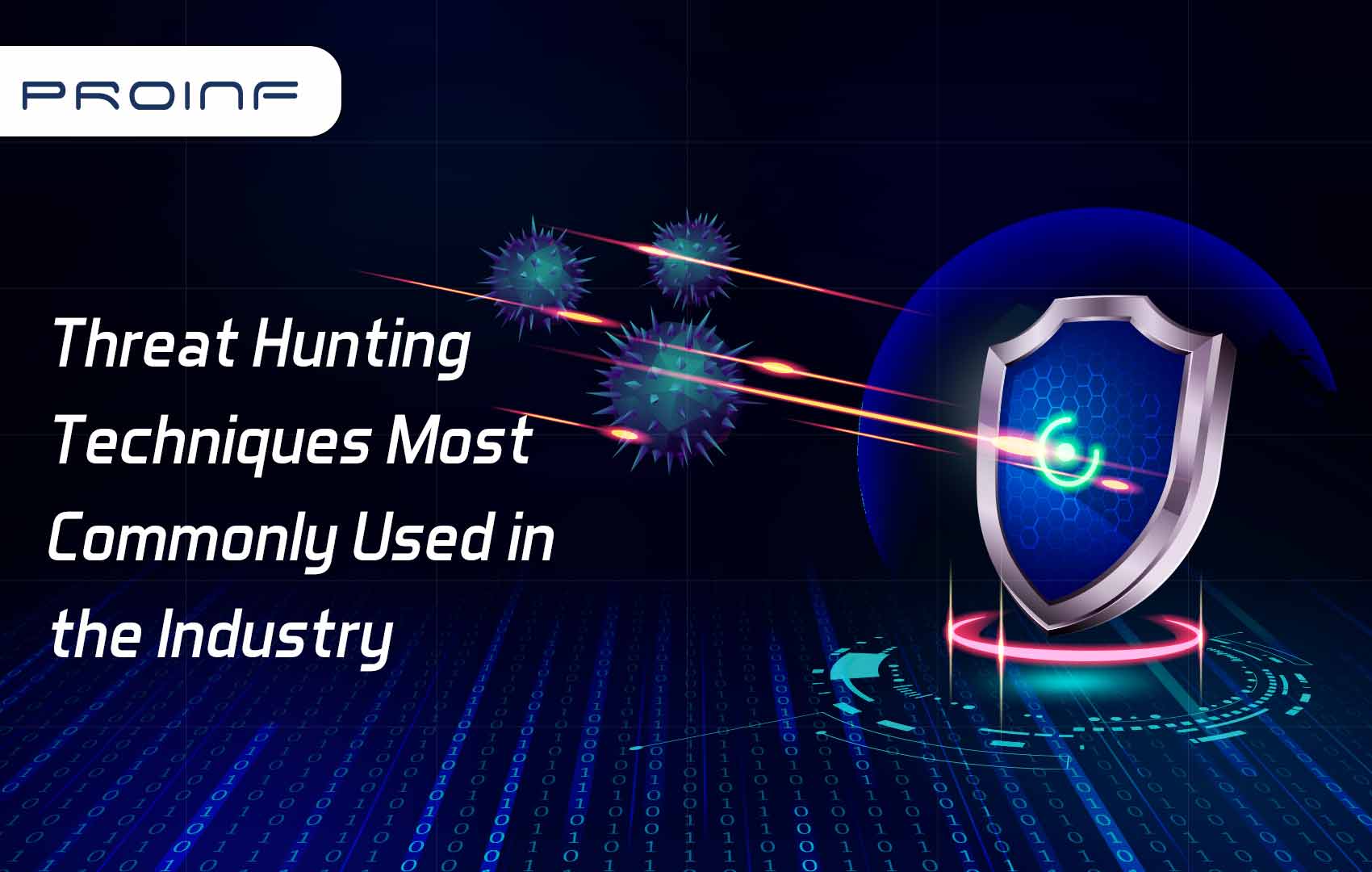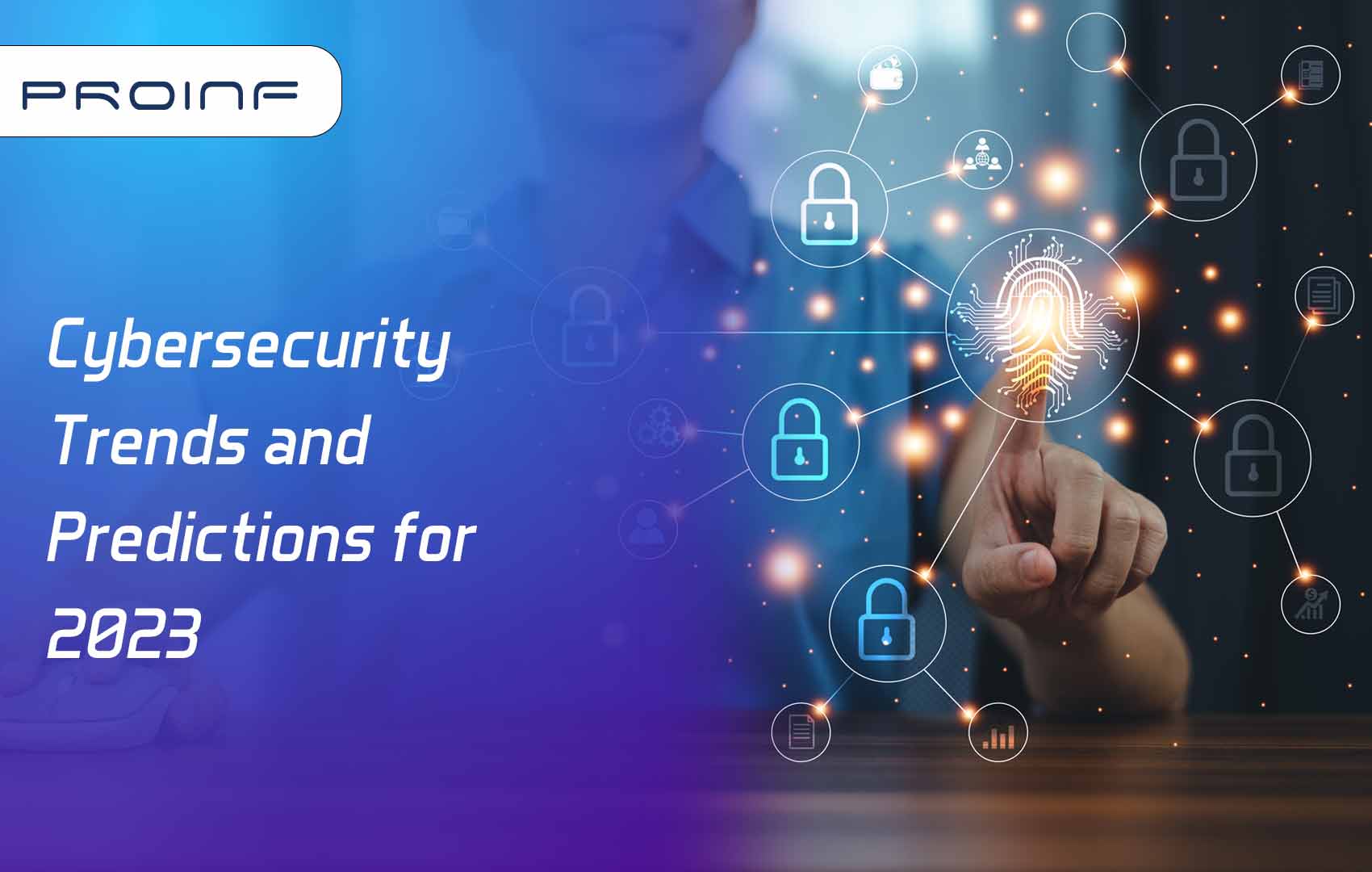7 Steps to Implement Zero Trust Architecture
The continuous authentication, authorization, and monitoring of all devices, applications, and data across networks make up Zero Trust Architecture. The notion of Zero Trust Architecture starts with an assumption of a security breach and its effect on data, applications, processes, and the network. This approach leads to 'Zero Trust Architecture,' which strengthens the security posture at the grassroots level. Let us see how one can implement Zero Trust Architecture in 7 simple steps.
1. Identifying what needs to be protected
Understanding what needs to be protected is the most critical element in implementing Zero Trust Architecture (ZTA). It helps to determine what and where the most valuable Data is stored, how data flows, how processes are interlinked, and the impact of a particular operation on an application, assets, and other elements.
2. Security – Identity, Application, Access, Network, Devices, and Data
'Verify first and trust later' is the basis of Zero Trust Architecture. Securing every login, application access, biometric system, data, and network is vital. Therefore, defining strict authentication and validation policies is essential. In addition, validation of end-user devices, application layers, workload, and other valuable data contributes to Zero Trust Architecture.
3. Enhanced Visibility
Visibility plays a vital role in threat detection and mitigation. Having a complete overview of communication, encryption, segmentation, access controls, processes, and components that provide deep insights into the security posture of the enterprise is critical. These insights help in improved security decision-making.
4. Automating monitoring and threat detection
Modern-day threat detection systems display zillions of threat alerts daily. Human intervention seems not only laborious but also less effective. Implementing automated monitoring and threat detection solutions that add context to security alerts helps monitor security posture in real time. Being scalable, it ramps up efficiency and performance while monitoring security processes.
5. Prioritizing security over easy access
Having MFA in place can sometimes be quite irking, often leading employees to raise concerns. Everyone wants to log in using a simple password or a one-pass biometric system. While it is true that MFA does cause things to slow down marginally, the security it brings is invaluable. The enterprise C-suite and CISO should educate the workforce, making them adapt to the MFA culture.
6. Enabling Least Privileged Access
Over 70% of security breaches are often due to credentials misuse. Therefore, limiting the accessibility to the system to the extent it is required is polar when preventing security breaches. In the case of a breach, this practice forbids access to the rest of the network and diminishes the attack surface area. Therefore, it is a fundamental step in cybersecurity management.
7. Defining policy engine, enforcement, and administrator policies
Driven by trust scores, a well-defined policy engine is responsible for granting or denying permission for a given subject. Similarly, a well-structured enforcement framework can look after enabling, monitoring, and terminating connections between the enterprise and the subject. The administrator plays a defining role in initiating or ending a connection.
Zero Trust Architecture Best Practices:
1. Micro-segmentation of Data
Security has moved from flat-network to multilevel and segregated networks. In short, data micro-segmentation calls for data storage in various zones in a data center. For example, suppose a user or a service enabler has to access data in a different zone; re-authenticated and re-authorized are necessary. Furthermore, during a cyber-intrusion, micro-segmentation mitigates lateral attacks and prevents attackers from accessing critical data and applications outside the compromised segment (zone).
2. Following industry-standard security frameworks
Comprehensive industry-standard security frameworks and policies are well documented. Therefore, realizing the needs of your enterprise and considering the resources, efforts to implement the standard security frameworks can cut down many adversaries.
3. Assume breach
During a breach, the entire workforce takes every step to mitigate the attack and limit the damage. It starts with user authentication and authorization, end-to-end encryption, segmentation, and other policy-defined protocol activities. Trusting no user, even within an enterprise's digital perimeter, forms a solid base for attaining a comprehensive security posture.
4. Securing identity is fundamental
Favoring passwords over biometrics and mandating Multi-factor authentication is key to establishing a secure identity of users. Enterprises should develop alternative methods to authenticate and verify third-party devices and connections. Additionally, identity security should identify the sources of ephemeral entities (originating from the cloud), service accounts, and other entry points.
5. Limiting attack Surface
End-to-end data encryption, securing end-points and user devices, policy-driven security protocols, constant network monitoring, IDS (Intrusion Detection Systems), threat detection systems, installing next-generation firewalls, and other security protocols and practices should be a de facto practice. This practice protects the attack surface, helps identify vulnerabilities, and reduces the chances of a successful cyber intrusion. In addition, carrying out a regular risk assessment and security posture analysis helps.
6. Replacing Legacy Systems
While legacy software and hardware systems might serve your purpose, they compromise the security posture. Implementing modern-day security protocols across the enterprise with legacy infrastructure is challenging. Replacing such legacy infrastructure is the first step toward improving the security posture and achieving ZTA. In addition, legacy infrastructure harvests zero-day vulnerabilities, among others. Legacy and poorly managed infrastructure are hindrances to achieving Zero Trust Architecture.
7. Constant monitoring and threat detection
Threat logs without context are of no use. Modern-day monitoring and threat detection systems generate records and reports round the clock. The extensive data can adversely affect the workforce if these records lack a well-defined context. We can add context to the data through a well-defined policy about threat levels, types of threat vectors, threat requisites, common vulnerabilities, and other adversaries in the system. Leveraging the power of Machine Learning and Artificial Intelligence is a crucial facet when it comes to monitoring and detection.
Examples of Zero Trust Architecture Adaption:
The B2B environment is a conglomerate of business entities involving various levels of manufacturers, service providers, and business facilitators. For smooth functioning, businesses often let other entities enter their network. For smooth functioning, complete confidence in the enterprise's security posture is essential, and ZTA brings that. Here is a list of cases that help you understand the adaption of ZTA across businesses:
1. OT Infrastructure
Ensures only authenticated and authorized users (workforce) take part in the operation of a plant. Helps in monitoring offline and online environments, thanks to pre-defined security policies.
2. WFH
Work from Home/Remote Work eliminates the need for large office spaces. However, it also brings a host of security issues. Zero Trust Architecture ensures that the employee (after MFA) login only from verified devices, encryption of traffic, and real-time monitoring.
3. Allowing third-party service providers
Many third-party service providers extend the warranty to IoT devices only if they are allowed to enter an enterprise's network. In such cases, thanks to micro-segmentation – the founding component of Zero Trust Architecture, it restricts any access to corporate and other networks.
4. Data entry points (consumer end)
Few services work better with constant input and feed from the consumer end. This Data is processed in real-time to provide services. ZTA helps segregate enterprise and consumer service portals and drives the consumers' data towards its destination without taking it through the entire network.
5. Dealing with Multiple Cloud Providers
Modern-day enterprises opt for multiple cloud providers for PaaS (Platform as a Service), IaaS (Infrastructure as a Service), and SaaS (Software as a Service). Infrastructure and application security is vital when working across multiple cloud options. ZTA establishes the necessary security by allowing users to access a portal securely through MFA.
How Zero Trust Architecture benefits the enterprise?
ZTA is not only about securing an enterprise's digital infrastructure; it also means adding value to every process, application, and infrastructure.
1. Simplifies IT Management
In the age of cyber threats, the cybersecurity industry is plagued by a shortage of skilled professionals. Implementing ZTA comprehensively in a step-by-step approach can bring down cybersecurity threats to a great extent. In addition, adopting PAM, MFA, and other controls enhances security posture as a part of the ZTA.
2. Enhancing Data Protection
ZTA is built on the assumption of a breach. This approach strongly protects data by deploying micro-segmentation, next-generation firewalls, industry-standard encryption, and continuous monitoring and threat detection tools.
3. Regulatory Compliance
Every enterprise is bound to comply with regulatory laws and regulations relevant to its operations. Therefore, meeting various industry standards is essential to thriving in business. Adapting ZTA makes it easier to comply with regulatory standards, especially while delivering services across a broad spectrum – civil, military, and research.
ProInf has been providing Zero Trust Architecture services at the highest level. Our experts understand your needs, assess your situation, and deliver solutions seamlessly, blending as if they are part of your daily operation. With limited downtime and robust service, our services are a force to reckon with on the global cyber stage. Leave us a message, and we will get in touch with your right away. Choose us to cover your present needs so that you can focus on your future ambitions.
Request a Demo Now!

